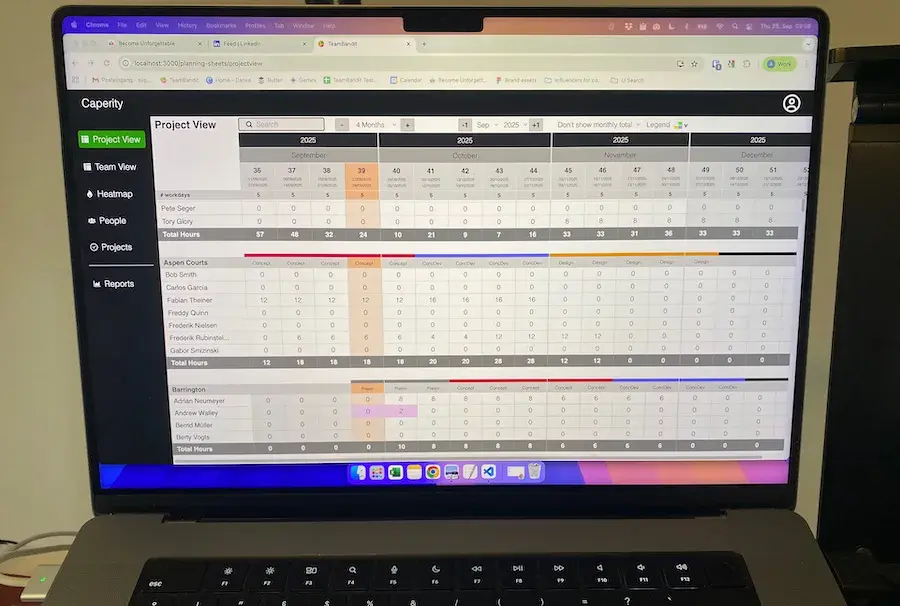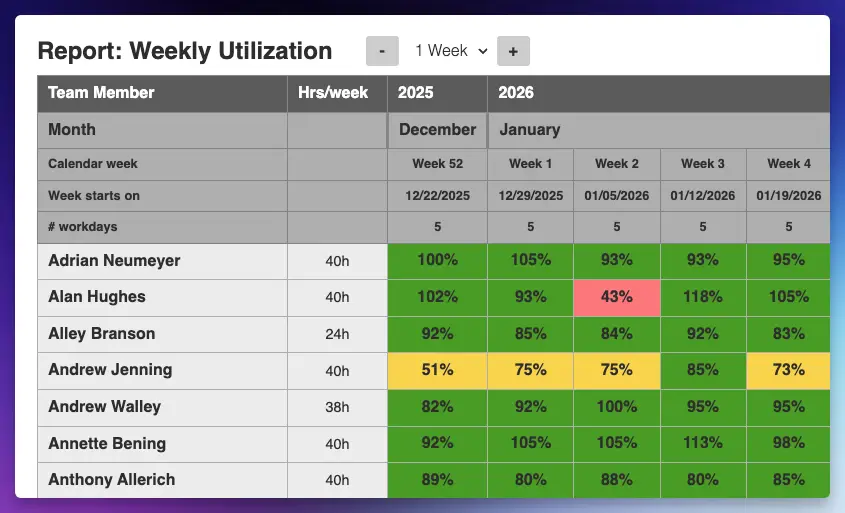In many projects, especially those with external clients, you are usually working in tandem with a co-Project Manager on the customer side whose role is to coordinate the customer’s resources and activities within a project.
If you are lucky, the co-PM is a strong candidate with a can-do attitude, who is well-organized and has a good dose of passion for the project.
Unfortunately, very often companies don’t put their top candidates onto projects – the reason being that they want to keep their best team members on the value-adding and money-making activities of the company.
That puts you in a difficult position because everybody expects you to deliver a successful project, but with a weak co-PM (who is the interface between the project and the customer side) some of the activities may not be managed optimally.
What can you do when you have to work with a “weak” co-PM?
Having faced this situation myself a few years ago, I am going to share how I addressed the problem and what actions were taken by the customer.
The Project
I was managing a large IT implementation for a client, a large firm in the retail industry. The project required a lot of internal coordination and change management, so having a strong customer PM was key.
The Co-PM
The company introduced their PM as a project champion, someone who would drum up support for the project and win over the business users who were hesitant to move to a new IT system. In many ways, the co-PM was a great fit: He had been with the company for a long time and thus had good ties with almost all of the departments. He was also knowledgeable in the subject matter of the project and was able to contribute effectively in workshops and conceptual discussions. On top of that, he was a nice guy and I really enjoyed working with him.
The problem
The co-PM turned out to be more of an expert personality and less of a leader type. He seemingly felt uncomfortable to call up management stakeholders to request information or ask for decisions. Moreover, he didn’t like giving orders to customer-side team members who were not part of his department, but this is exactly what was needed to move the project forward. The less-than-optimal customer-side coordination was also visible in our project to-do list, where a lot of the tasks assigned to customer team members remained “open” or “in work” way beyond the agreed due date. I was getting nervous.
What I did first
In the first weeks of the project, I tried my best to support the client PM. I tried to lead him in a subtle way, being extremely careful not to be “bossy” (I was 35, the client PM was 60). I told him to call me anytime if he needed my assistance or opinion on a particular issue. We spent hours every week going through his tasks and discussing how to tackle each one. My coaching and pushing did help the project, but I was also spending way more time than planned.
What I did next
Fearing that the project could eventually get into trouble without proper leadership on the customer side, I decided to talk to the customer’s director who was also the sponsor: On a Friday afternoon, when most employees had already left for home, I sneaked into the director’s office: “Do you have 5 minutes? I’d like to talk to you”. I had built a good relationship with the director and he always had an ear for me.
I shared my observations and concerns with the director – in a direct but tactful way:
- I said I thought that the assigned PM may not be the right fit for the project, given its scope and risk. I provided examples to support my conclusion.
- I tried to paint a picture of what the project would end up like if we continued with the current level of leadership. We would end up in a big mess with a lot of hickups during go-live that could eventually harm the business.
- I also hinted at the personal challenges that the huge amount of pressure and responsibility may cause for the co-PM. Being in charge of a task that is clearly too big for you is like HELL – and it’s not fair to keep people in a position where they clearly struggle in.
It was a friendly meeting, and the customer’s director promised to think about it and come up with a solution (tip: always ask for a date when you’ll hear back).
How the customer addressed the problem
No, the customer PM was not replaced. Looking at the options we had, this was the right decision, because we were already several months into the project and there was also no suitable replacement.
When you bring in a new PM, this will slow things down because he or she needs to get settled in the project first before taking over any of the day-to-day coordination work.
Instead of replacing their PM, the customer took the following measures:
- The director (and executive sponsor) took a more active role in the day-to-day project activities. He frequently showed up in workshops to see if things were progressing.
- The director also scheduled a weekly 1:1 status meeting with his PM where they went through the project to-do list to review the progress of tasks that fell into the customer’s responsibility. This step had a big positive impact on our progress, because suddenly important but difficult tasks such as defining responsibilities within a process or bringing a rioting stakeholder 😁 back on track were getting addressed.
- To bring down the large number of overdue tasks and to make sure task owners kept their commitments and stuck to set due dates, the customer’s management appointed one of their department heads to manage the customer’s to-do’s. What this meant in practice: Once every Friday, the customer’s task coordinator sent a personalized email to every task owner from the customer team, reminding the person of their soon-due task. Suddenly there was momentum in the task execution, and we rapidly closed the majority of open tasks. This practice of reminder emails to task owners was kept until the end of the project.
Overall, I was really impressed with the way the customer handled the problem. They were willing to face reality and they understood the importance of good leadership in a business critical project like ours. Together as a team, we looked for ways to improve how ongoing tasks were managed and to reduce the burden on the customer PM. It was also a clever idea from the director to delegate the task of sending out reminder emails to a different person.
Hope you found this story helpful and it is giving you new ideas on what you can do in such a situation.
Keep leading.
Adrian
Author
-
Hi, I’m Adrian, a Senior Project Manager and the Creator of Tactical Project Manager, where I teach a pragmatic approach to project management. Led large-scale IT and business projects for over 10 years. My goal is to enable you to lead any project with confidence.
View all posts


